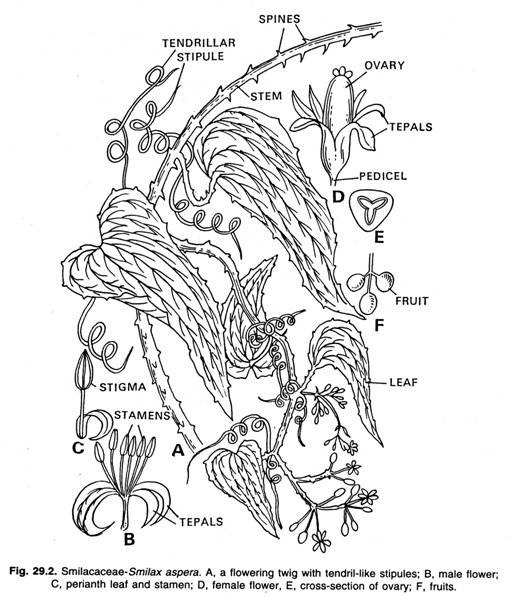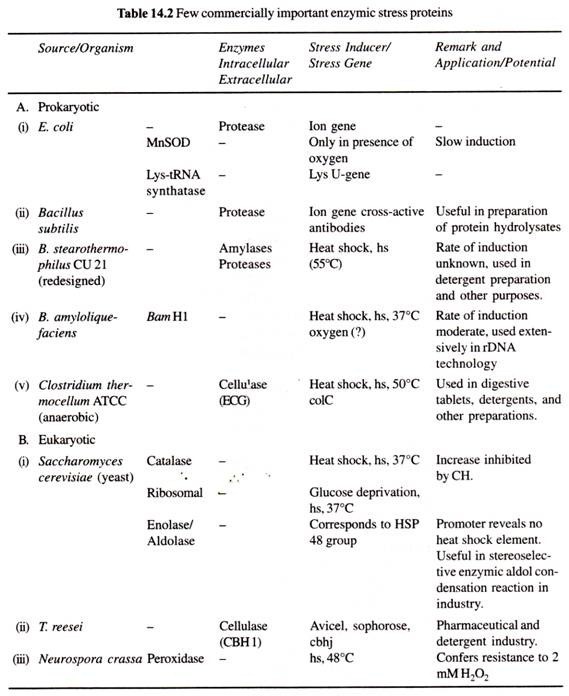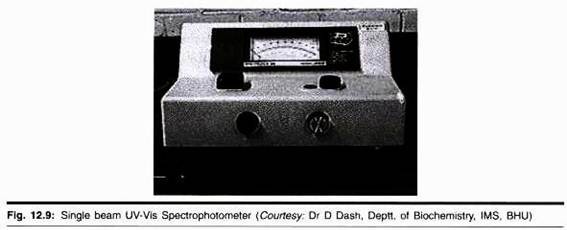Here is an essay on ‘Vitamin D’ for class 7, 8, 9, 10, 11 and 12. Find paragraphs, long and short essays on ‘Vitamin D’ especially written for school and college students.
Essay on Vitamin D
Essay Contents:
- Essay on the Historical Review of Vitamin D
- Essay on the Chemical Structure of Vitamin D
- Essay on the Synthesis of Vitamin D
- Essay on the Properties and Distribution of Vitamin D
- Essay on the Functions and Mode of Action of Vitamin D
- Essay on the Deficiency of Vitamin D
Essay # 1. Historical Review of Vitamin D:
In 1782 it was found out that cod-liver oil cured rickets. In 1918 Mellanby produced experimental rickets in animals and confirmed the conception which was so far prevalent that rickets was due to deficiency of vitamin D.
Since then further advancement has been made and it is now established that synthesis of vitamin D occurs in the body under the influence of the ultra-violet rays of the sunlight. The amount of vitamin D thus formed is greatest during summer months and low amount in the winter.
There is a group of vitamin D of which D2 and D3 are chief for nutritional purposes. Calciferol is applied to a number of chemically related thermostable compounds, all of which, have physiological property of curing or/and preventing rickets.
Essay # 2. Chemical Structure of Vitamin D:
All the members are sterol compounds. D2 or activated ergosterol or ergocalciferol or viosterol is an isomer of ergosterol. This vitamin is very thermostable. The structure of vitamin D3 or cholecalciferol (also known activated 7-dehydrocholesterol) is the same as that of D2, except that the side chain on position 17 is that of cholesterol. The structures of vitamin D2 and D3 are given below.
Essay # 3. Synthesis of Vitamin D:
D2 is obtained when plant sterol, ergosterol, is activated by irradiation with ultra-violet rays. The epidermal cells of the skin of man and animals contain large amounts of provitamin D (7-dehydrocholesterol), which can be converted to vitamin D3 by exposure of the skin to sunlight. D3 is also made by ultra-violet irradiation of 7-dehydrocholesterol and is the form that occurs in natural foods.
Man and other mammals can synthesise provitamin D3 in the body. D3 is also a close isomer of cholesterol. But it is less potent than D2. Vitamin D2 is a powerful antirachitic compounds for man and rat, whereas vitamin D3 is more potent for chicken.
Absorption:
It is absorbed in the intestine while bile and fatty acids are present.
Essay # 4. Properties and Distribution of Vitamin D:
D2 is a white, crystalline material, soluble in fat and fat-solvent, stable in heat, acids and alkalies, and resistant to oxidation. D3 is also a white, odourless, crystalline compound, soluble in fats and common fat-solvents such as ether, chloroform, and acetone.
Fish-liver oils are the richest sources. For instance, cod-liver oil—100 i.u. per gram; halibut-liver oil— 1,000 i.u. per gram. Mammalian liver almost nil. Butter, milk and eggs moderate quantities. Vegetable oils negligible. One mgm calciferol = 40,000 i.u. and one mgm D3 = 24,000 i.u.
Essay # 5. Functions and Mode of Action of Vitamin D:
i. Favours calcium absorption from the intestine. The rate of active transport of calcium across the intestinal wall is increased by vitamin D.
ii. It promotes the absorption of phosphate if there is increased absorption of calcium.
iii. As calciferol increases indirectly the resorption of calcium from fully calcified bone so it helps in the calcification of new bone. Vitamin D maintains normal structure of bone and assists to govern the equilibrium between bone calcium and blood calcium. Calciferol in small amounts increase the excretion of calcium by kidneys and in large doses excretion of phosphate also.
iv. Helps in the development of the normal teeth. In deficiency of vitamin D the formation of the teeth becomes defective and leads to the development of dental caries (Fig. 11.3).
v. It influences the handling of phosphate by the kidney. In the parathyroidectomised animals, vitamin D increases the clearance of phosphate and promotes lowering of serum phosphate. It may act in connection with alkaline phosphatase, liberating inorganic phosphate which influences the deposition of calcium phosphate in ossification process.
vi. It is necessary for proper bone growth perhaps by promoting endochondral growth of long bones.
vii. Probably, vitamin D controls the retention of calcium and parathyroid regulates the level of blood calcium by controlling mobilization of calcium from the bones. Thus vitamin D and parthyroid help each other in Ca metabolism and bone formation.
viii. It lowers the pH in the colon, caecum, ileum, etc., and increases the urinary pH simultaneously. This may be a secondary effect due to absorption of Ca.
ix. In physiological dose, it increases the citrate content of bone, blood and other tissues as well as urinary excretion.
x. It counteracts the inhibitory effect of calcium ions on the hydrolysis of phytate (inositol hexaphosphate). The mode of action is mainly by promoting the transport of calcium and secondarily phosphate in the blood stream. On the whole the function of vitamin D is to cause increased absorption, longer retention and better utilisation of calcium and phosphorus in the body.
Essay # 6. Deficiency of Vitamin D:
The fundamental change in this vitamin deficiency is an increased loss of calcium and phosphate in the faeces. This leads to a fall in their blood level, and hence not available for bone formation. Due to this reason, the children suffer from rickets (wrickken = to twist), and adults from osteomalacia.
i. Rickets:
In rickets the bones remain soft due to less deposition of calcium salts. So the long bones remain cartilagenous and easily bend under the weight of the body (Fig. 11.4). There is defective ossification at the epiphyseal line. The epiphyseal line remains wide and irregular and there is irregular proliferation of the cartilage cells. Due to defective ossification there is malformation of the chest and pelvis, and changes in the spinal curvature (scoliosis), softness in parietal bones (craniotabes), etc. Rickets occur in children between 6 and 18 months of life during the period of skeletal growth.
ii. Osteomalacia:
It is form of adult ricket. It is due to deficiency of vitamin D and calcium salts in the diet. It occurs in women during pregnancy and lactation when a large amount of calcium is depleted from the pregnant woman (mother).
International Unit:
Equivalent to activity of 0.025 micro-gram of calciferol.
Daily Requirement:
Exogenous vitamin D is required throughout the period of skeletal growth, i.e., to adult life. The recommendations for infants under 1 year are 400-800 i.u. daily, and for children and adolescents up to 20 years 400 i.u. This should be simultaneously supplemented with adequate intake of calcium and phosphorus. In the latter half of pregnancy and throughout lactating period, the dose should be 400-800 i.u.
Poisoning Action (Hypervitaminosis D):
Poisoning action has been noted after large doses of vitamin D. It causes loss of weight, reduced excretion of calcium and phosphorus, increased blood calcium, and various other toxic symptoms like nausea, vomiting, headache and drowsiness. Extensive deposit of calcium is found in the soft regions which are not normally calcified, such as kidney, heart, artery, etc. The signs of renal failure may appear.


